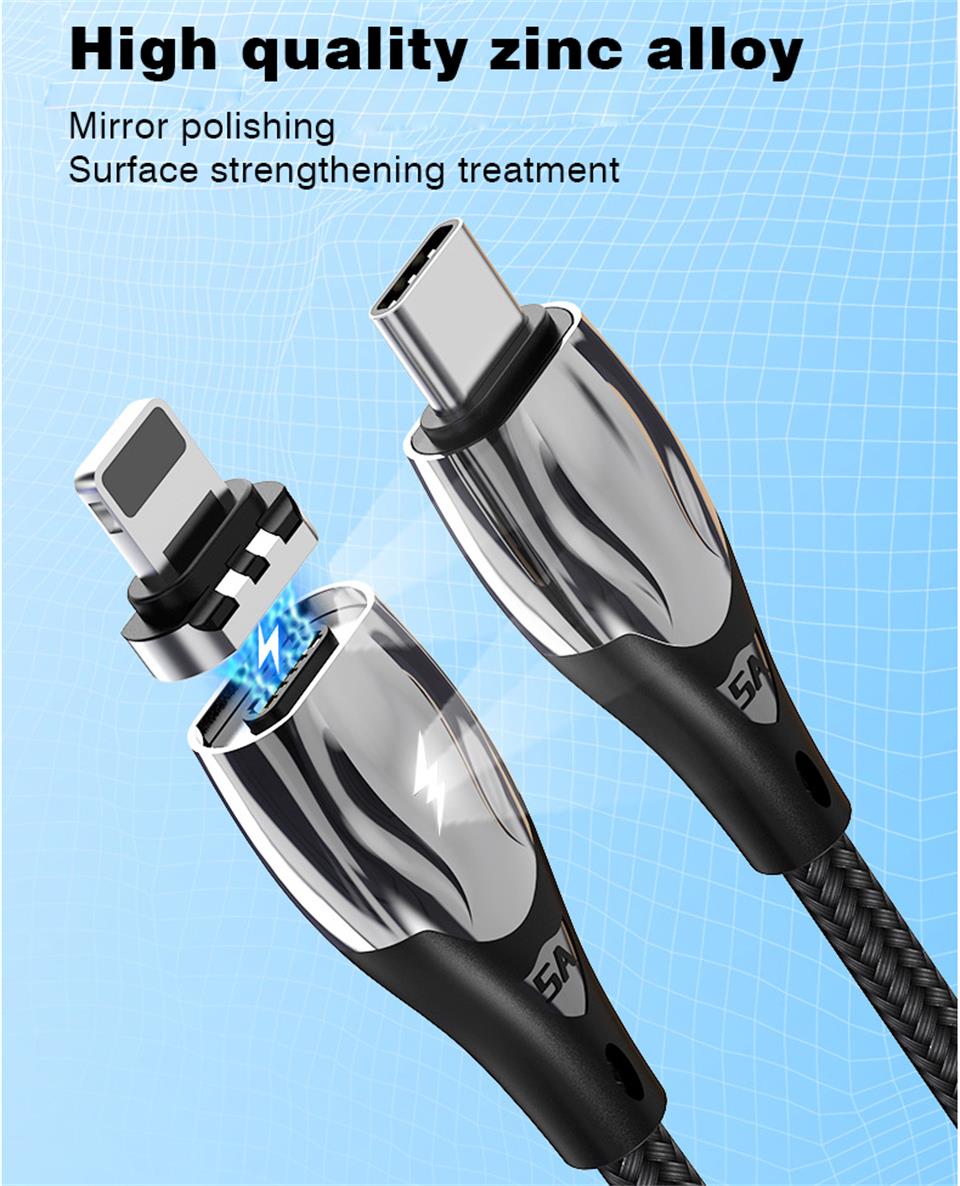
Privacy statement: Your privacy is very important to Us. Our company promises not to disclose your personal information to any external company with out your explicit permission.

Mobile phones have become an indispensable part of our lives, and the data cable that connects them to other devices is equally important.There are three main types of charging cable interfaces for mobile phones - the Android interface data cable, the Apple interface data cable, and the Usb Type C Cable.
The Android interface data cable, also known as the Micro Usb Cable has been the standard for many years.This interface is used by most Android devices and is known for its reliability and wide compatibility.It is designed to connect the phone to the computer for data transfer or to the charging head for power supply.However, one of its drawbacks is that it is unidirectional,which means it can only be plugged in one way.
On the other hand, Apple has its proprietary interface known as the Lightning cable.This cable is used exclusively for Apple devices, including iPhones, iPads, and iPods. It was introduced in 2012 to replace the 30-pin dock connector.The Lightning cable is significantly more compact than its predecessor and can be inserted either way, making it more user-friendly. To ensure the quality and compatibility of the Lightning cable, Apple has established the MFi (Made for iPhone/iPad/iPod) certification program.
The latest and most advanced interface is the Usb Type C Data Cable, or USBC Cable.This interface is reversible, meaning it can be plugged in either way, which is a significant improvement over the Micro USB.The USB-C interface has a higher power output and faster data transfer rates, making it ideal for charging and transferring data between devices. It is becoming increasingly popular and is now being used by many Android devices and even Apple's latest iPad Pro.
However, it is important to note that not all Usb C Cable are the same.Even if the interface is USB-C, the transmission speed may not be USB 3.0.This is because the USB-C interface is just the type of connector and port.The actual data transfer speed depends on the USB standard it follows - USB 2.0, USB 3.0, or USB 3.1. USB 3.0 and 3.1 are much faster than USB 2.0, but they require compatible devices to achieve their full speed.
In addition, there are also differences in the power delivery capabilities of different USB-C cables.Some cables are designed to carry up to 60W or 100W, making them suitable for charging laptops or other high-power devices.Others can only carry up to 15W or 18W, which is sufficient for charging smartphones and tablets.
Despite these complexities, the trend is clear - USB-C is becoming the standard for mobile devices.Its versatility, speed, and power delivery capabilities make it an attractive option for manufacturers and consumers alike.For Apple, the switch to USB-C on the iPad Pro could be a sign of things to come, with rumors suggesting that future iPhones may also adopt this interface.

LET'S GET IN TOUCH